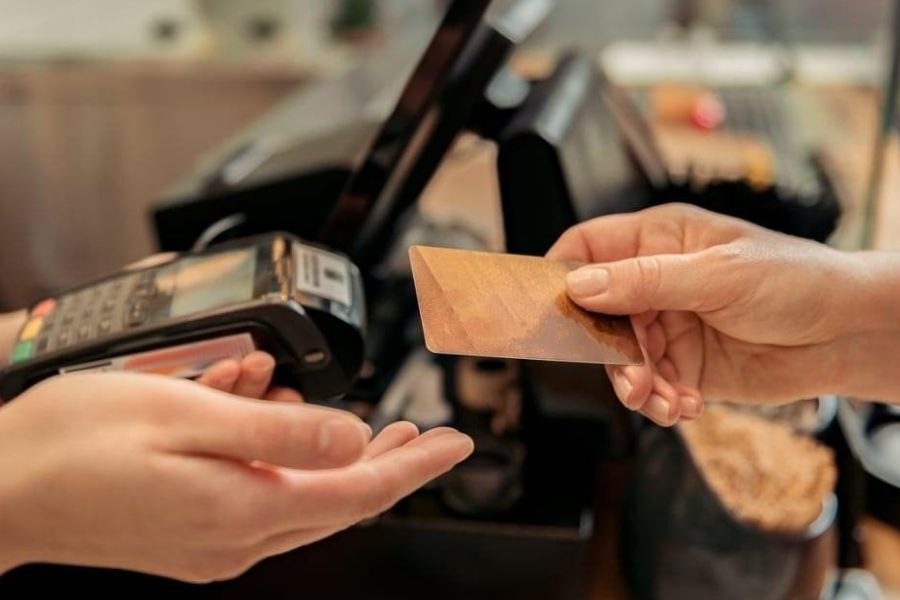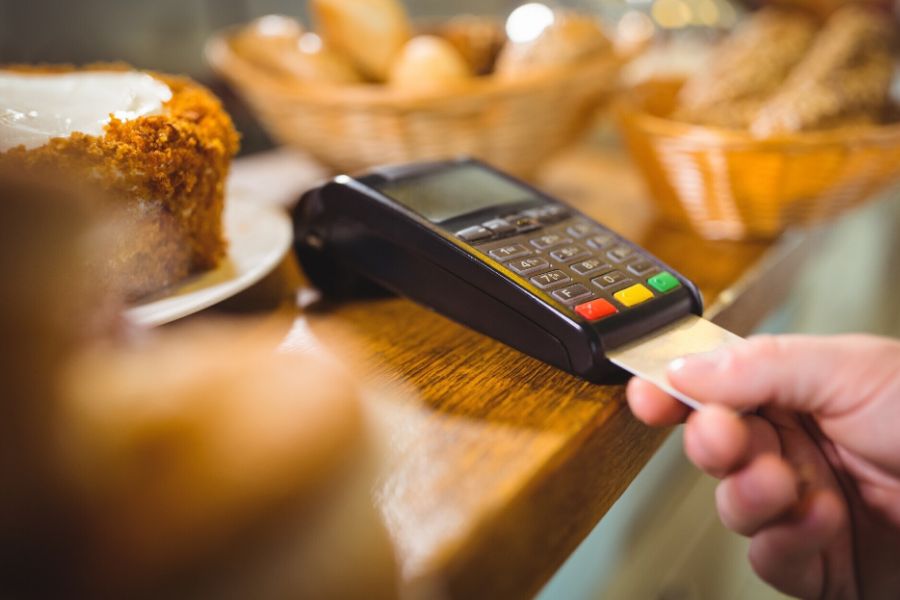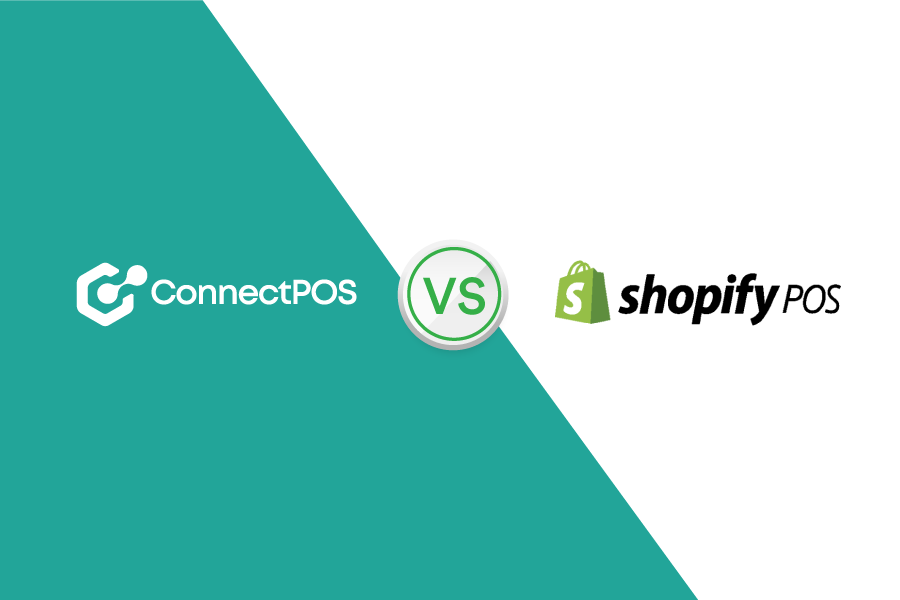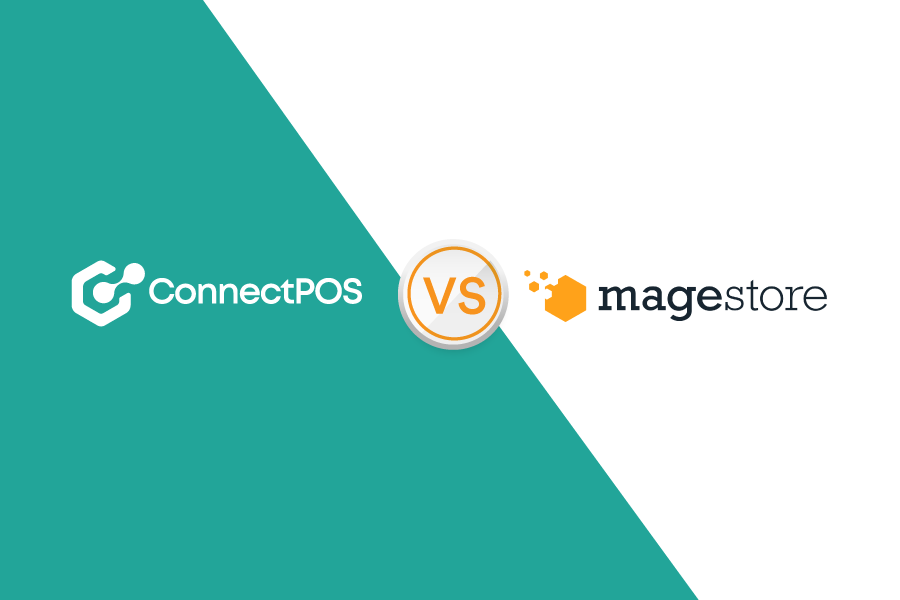Ever wondered why you’re spending heavily to drive traffic to your site but still not seeing the results you expect? The issue might not be with your marketing but with what’s happening on your own e-store. Here’s a key statistic: 56.82% of online shoppers abandon their carts at checkout (Fresh Relevance). That’s a huge number of potential sales slipping away, and it could be happening to your store, too. In this post, we’ll explore the main reasons customers leave their carts behind and share 11 tips to reduce shopping cart abandonment.
Why is Your Cart Abandonment Rate So High?
Shopping cart abandonment happens when a customer adds items to their cart but leaves the site before completing the purchase. Merchants can track this through the percentage of abandoned carts over time, and unfortunately, several factors contribute to high abandonment rates.
Some common culprits include poor user interface (UI), a complicated or slow checkout process, and even negative product feedback.
But let’s examine more carefully the specific reasons why customers abandon their carts:
- High shipping costs are the top reason, driving away 63% of shoppers (Statista).
- Account creation requirements are another major pain point, with 34% of potential buyers leaving because they don’t want to sign up (Baymard Institute).
- Complicated checkout processes cause 26% of shoppers to abandon their cart (Baymard Institute).
- Concerns about payment security lead 17% of buyers to leave without completing their purchase (Baymard Institute).
Other reasons that have a significant impact on cart abandonment rate could be:
- Slow website loading speeds
- A lack of convenient payment options
- Complex return processes
Once you pinpoint the specific issues causing cart abandonment on your site, it becomes much easier to address them.
Top 11 Tips to Reduce Shopping Cart Abandonment
In this section, we’ll go through the best 10 tips to reduce shopping cart abandonment that you could easily apply for your online store.
Use the one-step checkout process
A complicated, multi-step checkout process is one of the top reasons customers abandon their carts. Simplifying this to a one-step process can significantly reduce friction and improve conversion rates.
- Keep it short: Only request the essentials—name, address, payment info. Avoid asking for unnecessary details like secondary phone numbers or optional fields.
- Auto-fill where possible: Take advantage of browser auto-fill features to speed up the process.
- Mobile-friendly: Ensure the form fits well on mobile screens without excessive scrolling.
The faster and easier the checkout, the more likely customers will complete their purchase. Royalmen is a great illustration for no friction one step checkout process.
Simplify navigation between cart and store
Many shoppers add items to their cart but continue browsing before making a final decision. If navigating between the cart and other product pages is difficult, customers may give up entirely. In fact, around 25% of shoppers abandon their carts due to complicated website navigation (Baymard Institute).
- Persistent cart visibility: Keep the cart visible in the navigation bar or use a pop-out sidebar that shows the cart contents without leaving the page.
- Clickable breadcrumbs: Let users easily return to their cart or the product category they were viewing with breadcrumbs or back buttons.
- Avoid dead ends: If customers move to checkout but want to add more items, make sure they can easily return to the store without losing their cart.
Simplified navigation between the cart and store keeps customers engaged with your site and reduces frustration.
Use POS Systems for Unified Customer Experiences
Point of Sale (POS) systems aren’t just for in-store transactions—they can be a powerful tool for reducing cart abandonment online as well.
- Unified data: Connect your online store and physical store with a POS system that tracks customer behavior across both, allowing you to offer personalized experiences.
- Omnichannel support: A good POS system can enable customers to start a purchase online and complete it in-store, or vice versa.
- Loyalty integration: POS systems often integrate with loyalty programs, giving customers an added incentive to complete their purchase by applying points or discounts they’ve earned.
Offering multiple payment methods not only provides convenience but also gives customers more confidence in completing their purchase.
Send cart abandonment emails
Not all abandoned carts are a lost cause. Sending cart abandonment emails is a proven way to recover potential sales, with up to 21% of abandoned carts being recovered through well-timed emails (Barilliance).
- Personalize the email: Include the customer’s name and the specific items they left behind. Personalized emails feel more relevant and engaging.
- Use urgency: Mention limited-time discounts or low stock to encourage immediate action.
- Offer an incentive: Consider offering a discount or free shipping in the follow-up email to entice customers back to their cart.
A series of abandonment emails—starting with a reminder within 30 minutes, followed by another email in 24 hours and a final offer within 48 hours—can significantly increase your chances of recovering the sale.
Showcase high-quality product visuals
Since online customers can’t physically interact with your products, high-quality visuals are crucial in helping them feel confident about their purchase. Poor-quality or limited images can lead to hesitation.
- Multiple perspectives: Show the product from different angles, especially highlighting key features.
- Zoom functionality: Allow users to zoom in to see details, particularly for products where texture, color, or intricate design matters.
- Videos and 360-degree views: For more complex products, include videos or 360-degree views to fully showcase the item in action.
The more accurate and detailed your visuals, the better customers can visualize the product in their hands, reducing doubt and increasing purchase likelihood.
Inspire trust with social proof
Shoppers often look for reassurance from others before making a purchase decision. 92% of consumers trust recommendations from others over branded content (Nielsen). Leveraging social proof can help build that trust.
- Customer reviews: Include user-generated reviews and ratings on product pages. Highlight key reviews that address common customer concerns.
- Real-time notifications: Use tools that show real-time activity, like “John from New York just bought this item,” to create a sense of community and trust.
- Trust badges: Display security certifications, money-back guarantees, and customer testimonials prominently near the checkout or on product pages.
Social proof reduces hesitation, making shoppers feel more confident in their decision to proceed with the purchase.
Enable guest checkout
26% of shoppers abandon their cart because they are forced to create an account before purchasing (Baymard Institute). Offering a guest checkout option can help retain these customers.
- Skip the account: Allow customers to complete their purchase without creating an account, reducing friction at checkout.
- Optional sign-up: After the purchase, offer the option to easily create an account for future shopping convenience.
Guest checkout simplifies the buying process, removing unnecessary obstacles and making it easier for customers to follow through with their purchase.
Offer free shipping or be clear about costs
Shipping fees are a major reason for cart abandonment—63% of shoppers have abandoned their carts due to unexpected shipping costs (Statista). If free shipping isn’t feasible, transparency is key.
- Threshold-based free shipping: Offer free shipping on orders over a certain amount to incentivize larger purchases.
- Flat-rate shipping: If free shipping isn’t an option, consider offering a flat-rate shipping fee to avoid surprises.
Unexpected costs at checkout are a major turnoff for shoppers, so being upfront about shipping fees early in the process can prevent last-minute abandonment.
Create a sense of urgency
Shoppers often delay their purchase, and sometimes all they need is a little push to complete it. Creating a sense of urgency can help move them to action.
- Limited-time offers: Display a countdown timer for sales or special discounts on the checkout page, indicating when the offer will expire.
- Stock scarcity: Show inventory levels, such as “Only 3 left in stock,” to create FOMO (Fear of Missing Out).
Urgency tactics, when used carefully, can encourage quicker decision-making and reduce the likelihood of abandonment. Amazon uses a countdown timer for each of their special deals.
Provide customers with a transparent return policy
67% of online shoppers check a store’s return policy before committing to a purchase (Invesp). A clear, hassle-free return policy can alleviate concerns about making a wrong choice.
- Keep it simple: Outline your return terms clearly, without excessive legal jargon, and make it easy to find on your website.
- No-risk returns: If feasible, offer free returns or extended return windows to give customers peace of mind.
A transparent return policy builds trust, reassures customers, and decreases hesitation during the buying process.
No hidden cost
55% of shoppers abandon their cart when they encounter unexpected costs at checkout, such as taxes or additional fees (Baymard Institute). Avoiding hidden costs is crucial for retaining customers.
- Be upfront: Display all costs, including taxes and shipping fees, as early as possible in the checkout process.
- Price breakdown: Offer a clear breakdown of the total cost before the customer reaches the final checkout step.
Transparency about costs prevents unpleasant surprises, building trust and making customers more likely to complete their purchase.
ConnectPOS reduces cart abandonment by creating a smooth shopping experience across both online and in-store channels. Customers can start their purchase on one platform and finish it on another, making the checkout process more flexible and convenient. With features like real-time inventory and personalized payment options, ConnectPOS removes common obstacles that often cause shoppers to abandon their carts. Moreover, its integration with loyalty programs encourages customers to complete their purchases by applying rewards directly at checkout.
4 Recommended Cart Recovery Strategies That Win Back Shoppers
Retargeting Ads
When a customer abandons their cart, they’re often just a step or two away from completing their purchase. Retargeting ads are a powerful way to remind them of what they’ve left behind.
- How it works: Use platforms like Facebook, Instagram, or Google to display personalized ads featuring the exact products the shopper added to their cart.
- Why it works: These ads keep your brand and products top of mind, often targeting customers as they browse other sites or scroll through social media.
- Pro Tip: Segment your retargeting ads based on cart value or product categories to offer more tailored content that resonates with each type of shopper.
Exit-Intent Popups
Timing is everything when it comes to saving an abandoned cart. Exit-intent popups detect when a visitor is about to leave your website and offer a last-minute incentive to stay.
What to offer: Discounts, free shipping, or even a reminder of what’s in their cart.
Why it works: This tactic grabs attention at a critical moment, leveraging urgency to keep the shopper engaged.
Pro Tip: Keep the popup design simple and the message clear, focusing on the benefit of completing the purchase immediately.
SMS Follow-Ups
For a more direct and personal approach, sending an SMS reminder is an effective way to reconnect with customers. SMS has a much higher open rate than email, making it a powerful tool for cart recovery.
How it works: After a cart is abandoned, send a short, personalized message reminding the customer of their pending order.
Why it works: SMS feels more immediate and personal, often prompting quicker responses.
Pro Tip: Keep the message brief, include a clear call-to-action, and consider offering a time-sensitive discount to encourage fast action.
Offer Incentives in Follow-Up Emails
Sometimes, all it takes to win back a customer is a little extra motivation. Sending follow-up emails with special offers can help tip the scales in your favor.
- What to offer: A discount code, free shipping, or a special promotion tied to the items in their cart.
- Why it works: Offering an incentive creates value and urgency, giving the shopper a reason to return and complete their purchase.
- Pro Tip: Use a series of follow-up emails—starting with a gentle reminder, followed by a second email that includes the incentive, and a final email emphasizing the limited-time nature of the offer.
Wrap Up!
Keeping shoppers engaged all the way through checkout doesn’t have to be a guessing game. These 10 tips to reduce shopping cart abandonment give you actionable ways to keep carts full and orders flowing. From streamlining the checkout process to offering flexible payment options and timely reminders, every strategy works to remove obstacles and keep your customers focused on buying. Cart abandonment is a hurdle, but with the right approach, you can turn almost all sales into completed ones, improving both your bottom line and your customer’s journey.
Ready to take the next step in reducing cart abandonment? Contact ConnectPOS today to discover how our solutions can help you keep customers engaged and complete more sales.
ConnectPOS is a all-in-one point of sale solution tailored to meet your eCommerce POS needs, streamline business operations, boost sales, and enhance customer experience in diverse industries. We offer custom POS with features, pricing, and plans to suit your unique business requirements.




